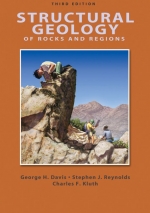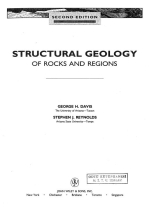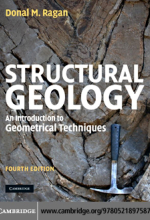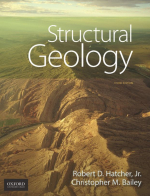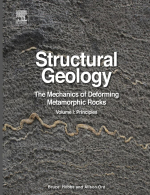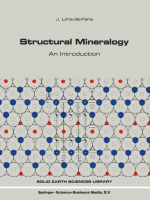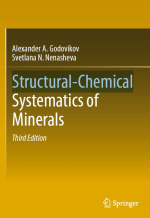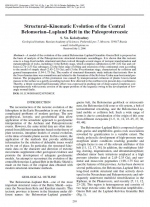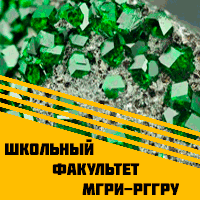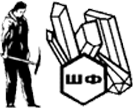The classification tables are complemented by the new mineral species, that were discoveried at 2007-2016 years [4], [50].The formulae of some mineral species were corrected and some mineral species were transfered to another taxons on account of the appearance of new data about the chemical composition or the crystal structures. Structural-chemical systematic of minerals is representative of recent data on connection between chemical composition and crystal structures and properties of minerals,conditions of mineral formations, paragenesis. The chemical signs are the basis of structural-chemical systematic. The crystal structures of mineral consider on the middle and low-level taxons, but not on the high-level taxons, because the mineral structure is depend on chemical composition and physical-chemical parameters of mineralforming systems.
The classification tables are given, which include near by 5000 mineral species. This enables to use developed classification for scientific and practical purposes.
This book designed for the wide circle of mineralogists, petrographers, geochemists, students of geolodical institutions and colleges.


